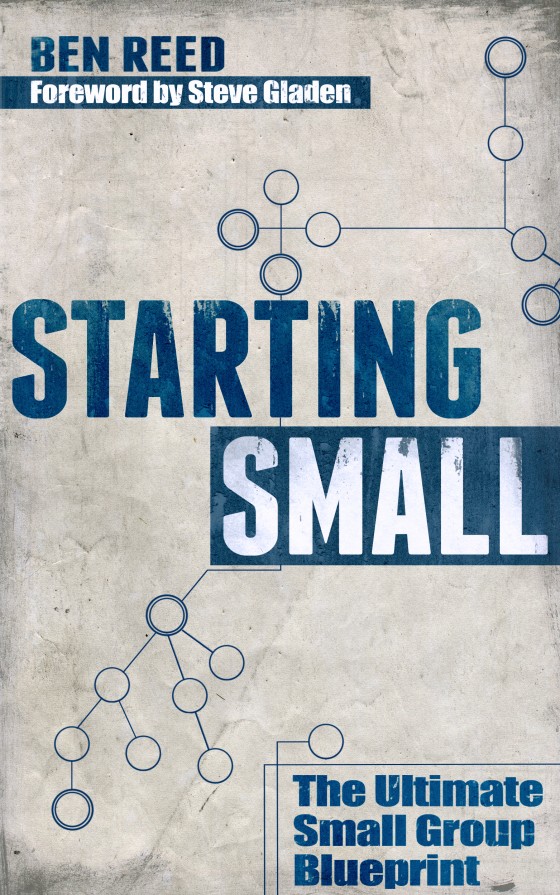I’m reading the book Think Orange, by Reggie Joiner, and find much of it fresh and challenging. I thought I’d share this with you. I love what Reggie has to say in this quote (taken from page 136). It’s kind of long, but worth the 3o seconds it will take you to read it. Just trust me.
“Up until the sixteenth century, carrots were grown in a variety of hues: red, black, yellow, purple, and even white. There were no orange carrots until the seventeenth century when some Dutch growers began feeling patriotic. In honor of their king, William of Orange, they married some yellow and red carrots to produce our modern day orange carrots.
I imagine there must have been some orange-carrot skeptics in the beginning. They were probably overheard saying things like, “These can’t be true carrots,” or “Carrots aren’t supposed to look like that,” or “Those are not the kind of carrots my parents ate.” Nevertheless, the color of carrots changed forever. But here’s an important point: Changing the color of carrots did not alter the fundamental nature of the carrot. In other words, orange carrots were just as nutritious as black carrots. The only real difference between the two was that more people were willing to eat orange carrots than black ones.
If you knew more kids and students would engage in what you teach if you packaged it differently, would you? Would you color it orange if more kids would listen? Before you start using phrases like “watering down the truth” or “not deep enough,” just remember you can change the color of something without compromising its nature. It doesn’t mean you weaken your message just because you focus on what your audience needs.
The principle is clear; If you want more people to eat carrots, then change the color. If you want more students to listen to what is true, change how you present it.”
What do you think? Can we change the way we present the Truth (or the way that we “do church,”) without altering the Biblical message?

